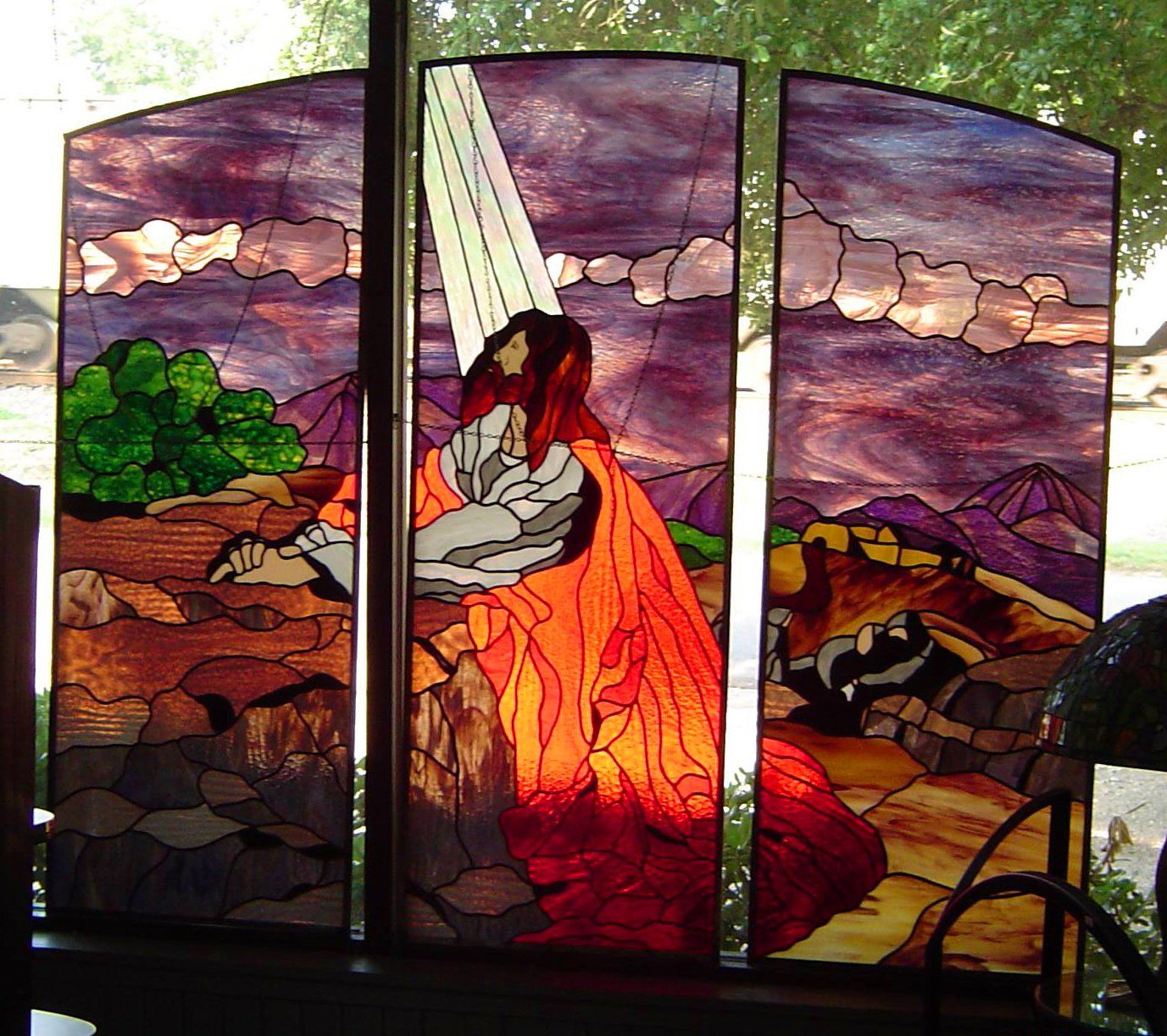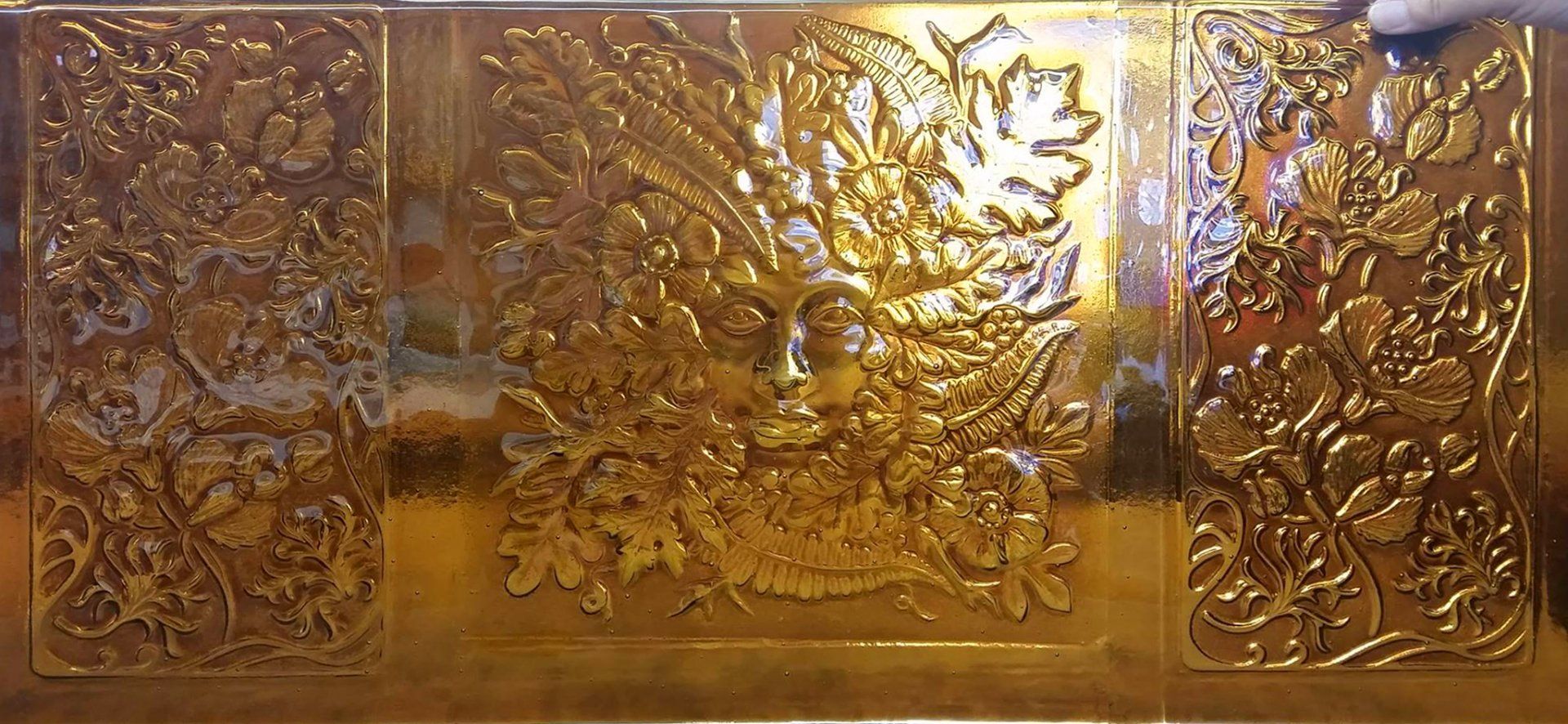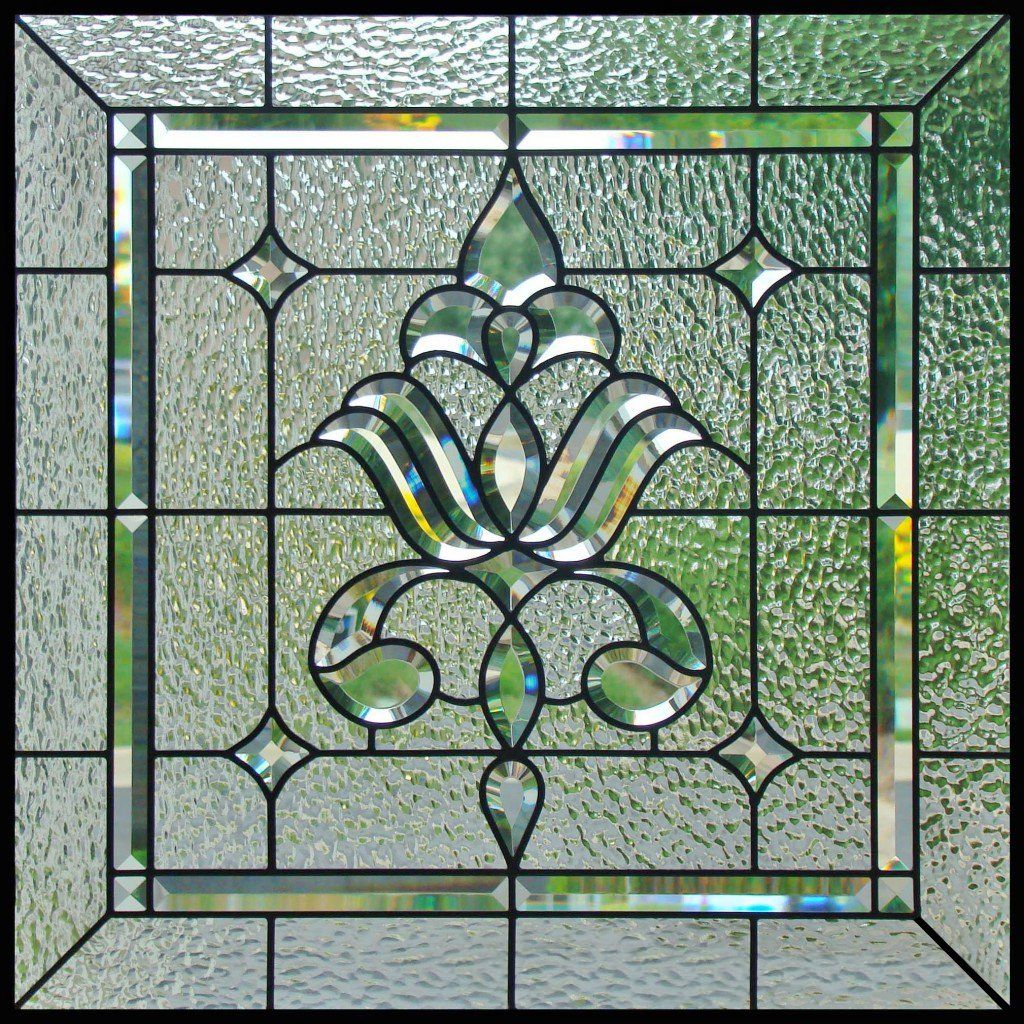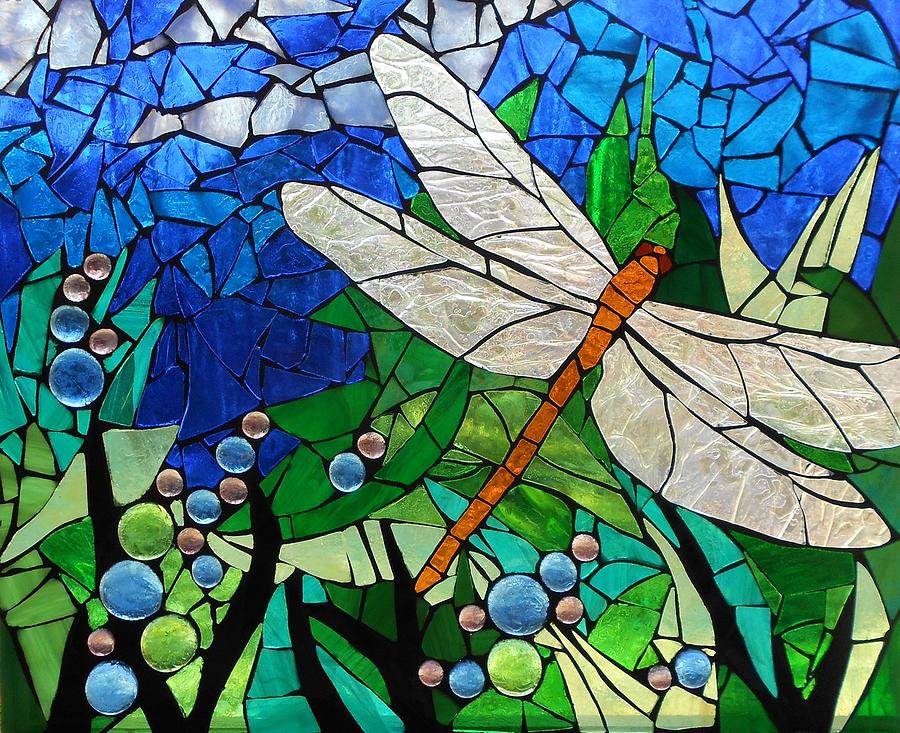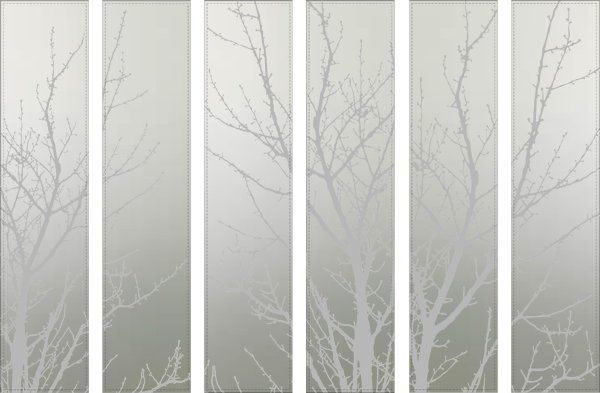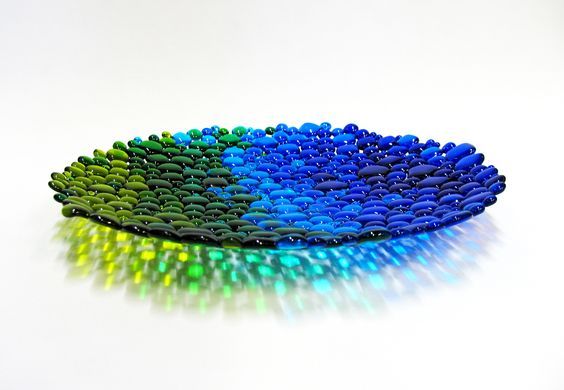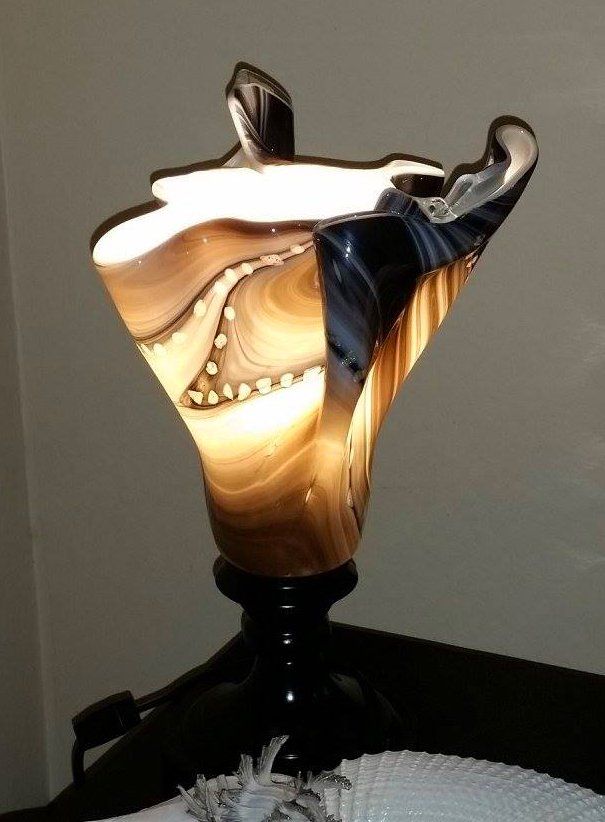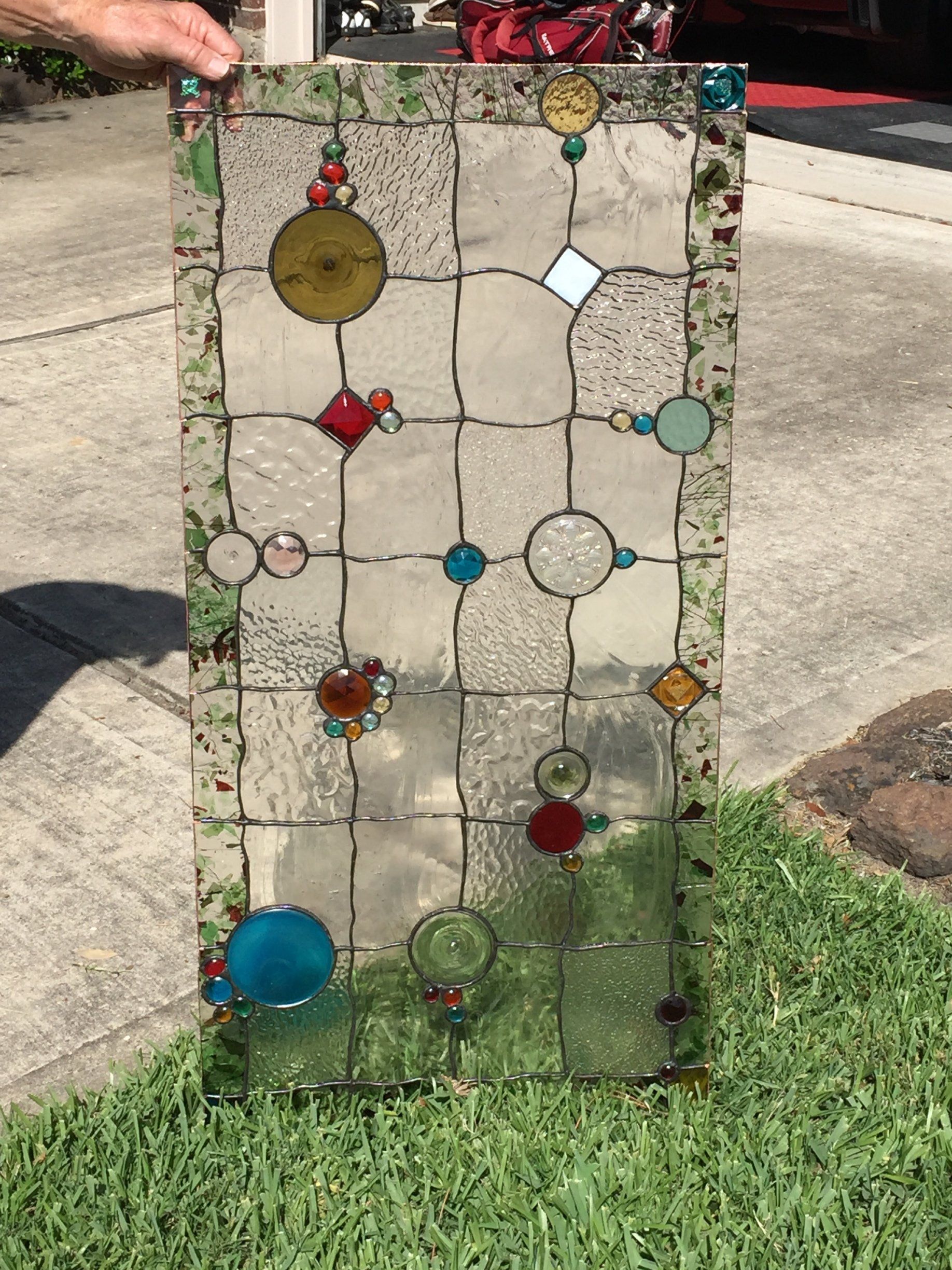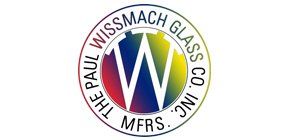DISCOVER
As a decorative and functional medium, glass was extensively developed in Egypt and Assyria. Invented by the Phoenicians, was brought to the fore by the Romans. In the Middle Ages, the builders of the great Norman and Gothic cathedrals of Europe took the art of glass to new heights with the use of stained glass windows as a major architectural and decorative element. Glass from Murano, in the Venetian Lagoon, (also known as Venetian glass) is the result of hundreds of years of refinement and invention. Murano is still held as the birthplace of modern glass art.
Below are details to help you understand some of the unique and different styles of glass art that available at our shop.
- STAINED GLASS
The term stained glass can refer to coloured glass as a material or to works created from it. Throughout its thousand-year history, the term has been applied almost exclusively to the windows of churches and other significant religious buildings. Although traditionally made in flat panels and used as windows, the creations of modern stained glass artists also include three-dimensional structures and sculpture. Modern vernacular usage has often extended the term "stained glass" to include domestic leadlight and objets d'art created from came glasswork exemplified in the famous lamps of Louis Comfort Tiffany.
As a material stained glass is glass that has been coloured by adding metallic salts during its manufacture. The coloured glass is crafted into stained glass windows in which small pieces of glass are arranged to form patterns or pictures, held together (traditionally) by strips of lead and supported by a rigid frame. Painted details and yellow stain are often used to enhance the design. The term stained glass is also applied to windows in which the colours have been painted onto the glass and then fused to the glass in a kiln.
The design of a window may be abstract or figurative; may incorporate narratives drawn from the Bible, history, or literature; may represent saints or patrons, or use symbolic motifs, in particular armorial. Windows within a building may be thematic, for example: within a church – episodes from the life of Christ; within a parliament building – shields of the constituencies; within a college hall – figures representing the arts and sciences; or within a home – flora, fauna, or landscape.
Stained glass is still popular today, but often referred to as art glass. It is prevalent in luxury homes, commercial buildings, and places of worship. Artists and companies are contracted to create beautiful art glass ranging from domes, windows, backsplashes, etc.
- ETCHED GLASS
Glass etching comprises the techniques of creating art on the surface of glass by applying acidic, caustic, or abrasive substances. Traditionally this is done after the glass is blown or cast, although mold-etching has replaced some forms of surface etching. The removal of minute amounts of glass causes the characteristic rough surface and translucent quality of frosted glass.
Various techniques are used to achieve an etched surface in glass, whether for artistic effect, or simply to create a translucent surface. Glass etching cream is used by hobbyists as it is generally easier to use than acid.
Abrasive blasting ("sandblasting") is another common technique for creating patterns in glassware, creating a "frosted" look to the glass. It is often used commercially.
- GLASS FUSION
Glass fusing is the technique used to join glass pieces together by partly melting the glass at high temperature. The fusion process requires multiple pieces of glass. The heating is commonly undertaken in an electric kiln. Instead of fitting glass together using a lead solder, two or more pieces of glass are laid on top of or overlapped on each other and are fired.
It is important to realize that glasses with different coefficients of expansion or viscosity cannot be fused together. Upon cooling or after a period of time, the fused piece will crack. Moulds can also be used in glass fusion, this is a process called slumping, glass is laid over the mould (generally made of ceramic or metal) and forms to it creating pieces such as plates and candle holders.
- BEVELED GLASS
Beveled glass is usually made by taking thick glass and creating an angled surface cut (bevel) around the entire periphery. Bevels act as prisms in sunlight creating an interesting color diffraction which both highlights the glass work and provides a spectrum of colors which would ordinarily be absent in clear float glass.
Beveled glass can be obtained as clusters which are arranged to create a specific design. These can vary from simple three or four piece designs.
- MOSAIC GLASS
A mosaic is a piece of art or image made from the assembling of small pieces of colored glass, stone, or other materials. It is often used in decorative art or as interior decoration. Most mosaics are made of small, flat, roughly square, pieces of stone or glass of different colors, known as tesserae. Some, especially floor mosaics, are made of small rounded pieces of stone, and called "pebble mosaics".
- SANDBLASTINGDescribe the item or answer the question so that site visitors who are interested get more information. You can emphasize this text with bullets, italics or bold, and add links.
SAMPLE IMAGES

FRIENDLY AND INSPIRING
“As a novice, 28 years ago, I was living in Spring, Texas and I found Cousins Glass Art in Old Town Spring. It is hard to put into words how fantastic and talented they are. Patsy and her assistants are always willing to help and inspire in all aspects of your project from design to framing. They have taught me so much. They make you feel so welcome and I always have a good time when I visit the shop. I cherish the bond that has formed over the years. I have since moved to Louisiana, but when I have a new project I still count on Cousins Glass to get me going."
Judy M - Covington, LA
Button
SERVING THE NOVICE TO PROFESSIONALS
"I have been doing business with Cousins Glass Art since the 1980’s. On the business side of it the shop’s prices can’t be beat by anyone else in the Houston and surrounding area. The Huge selection of glass is displayed in such a way that it makes it very easy to find the perfect colors and textures for your patterns. They have any and all tools necessary/required for doing glass work… starting with the novice glass artist all the way up to a glass professional."
Nancy S - Spring, TX
Button
ALWAYS WILLING TO HELP
“I have shopped for supplies and asked many questions for help on a number of things and ways to do things, and have never been more happy to know this shop and the ones who run it are always willing to help.”
Alexa S - The Woodlands, TX
Button
THE CLASSES ARE A BLAST!
"The classes are a blast! Very up beat and fun. They have you buy the basics and they provide the rest. If you are really interested after your class then you can purchase the other tools and they have them right there. On a personal note, the shop is located in and old quaint house in Old Town Spring and the atmosphere is nothing you’ve ever experienced. Everyone is there to have fun with the common bond being a passion for doing Stained Glass. If you’ve never been, you need to visit it will change your life!!!"
Nancy S - Spring, TX
Button
COUSINS GLASS ART
"Friendly, Courteous & Knowledgeable!"
All Rights Reserved | Cousins Glass Art
WEBSITE BY
